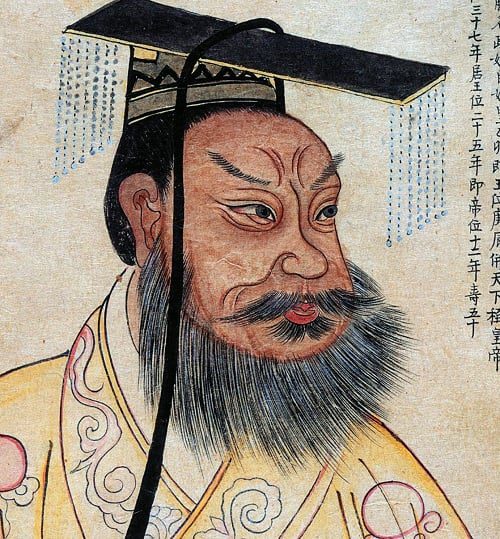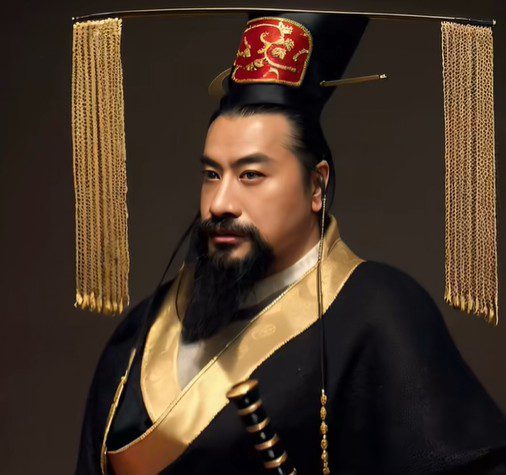Discovering the Portrait of Qin Shi Huang After AI Recreation
Recently, a video on TikTok quickly went viral showcasing the use of AI technology to recreate the portrait of Qin Shi Huang, the first emperor of a unified China. The result left many viewers astonished, not only because of the realistic features but also due to the stark contrast to the traditional images of the emperor, which often depict a serious demeanor commonly seen in historical dramas.
Based on historical data, the AI technology has resurrected the image of Qin Shi Huang with vibrant, lifelike details. In the video, he appears with a dark complexion, bright skin, piercing eyes, and a commanding presence. Despite a somewhat plump physique, which aligns with contemporary beauty standards, the overall depiction conveys authority and charisma. Many internet users excitedly compared his AI-generated likeness to modern celebrities, noting its regal aura and charm, which captivates the audience.
Numerous comments below the video expressed surprise: “Is this really Qin Shi Huang? He looks like a handsome leading man!”, “The physique is just right for a ruler, and he looks quite dashing!”, or “I can’t believe this AI recreation brings such an attractive image to life.”

The trend of recreating historical figures using AI has become a favorite among the online community. Before Qin Shi Huang, figures like Cleopatra, Napoleon, and Zhuge Liang had also been successfully recreated, opening up new avenues for historical engagement.
However, experts emphasize that while these recreations are impressive, they should be viewed with caution. The resulting images depend heavily on the quality of input data and the balance between anthropological analysis and artificial intelligence. Nonetheless, it cannot be denied that AI has contributed significantly to the public’s interest in historical figures, especially in the context of modern society.
You can watch the AI-generated portrait of Qin Shi Huang in the video below:
Qin Shi Huang, whose real name was Ying Zheng, was born in 259 BC and was the 36th king of the Qin state. He ascended to the throne at the young age of 13, navigating the turbulent times of the Warring States period in ancient China. Overcoming doubts about his origins, Ying Zheng proved his leadership and capabilities by conquering six rival states, unifying China in 221 BC and becoming the first emperor in Chinese history.

During his 12-year reign, he implemented numerous reforms, including standardizing weights and measures, currency, legal codes, and administration. Under his rule, many significant infrastructure projects were constructed, such as the Ling Canal, the Great Wall, and the burial complex of Qin Shi Huang, which remains a significant archaeological site.
The burial complex was discovered in 1974 in Shaanxi province, revealing many historical secrets, but it has yet to be fully excavated. The identities of the buried artifacts and the meanings behind the offerings continue to be a topic of intrigue, drawing ongoing interest from historians and the public alike.
Nguyet Pham (According to TikTok, Sohu)





















